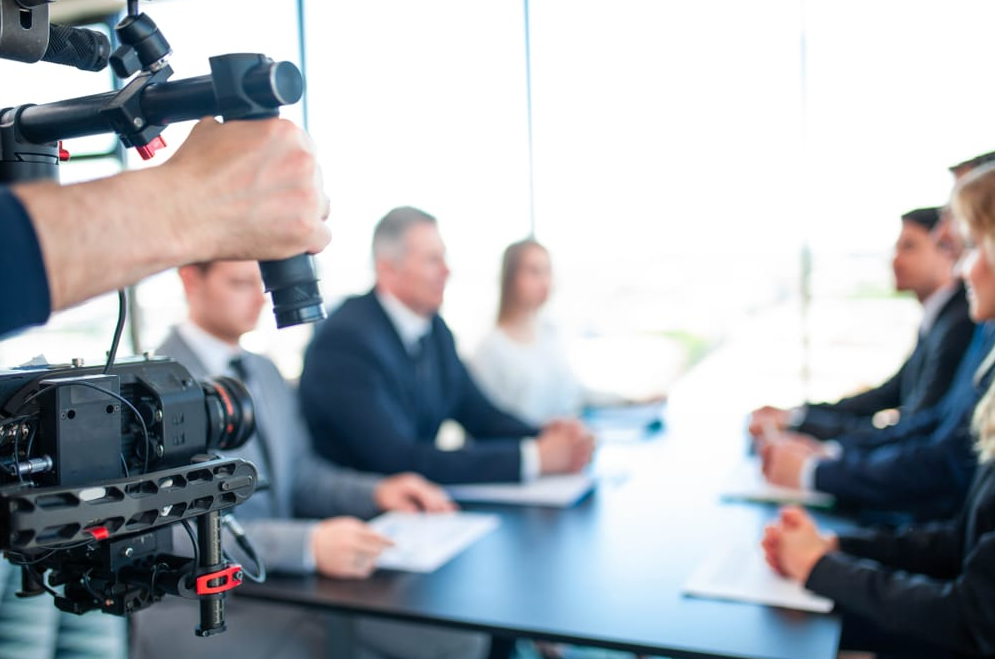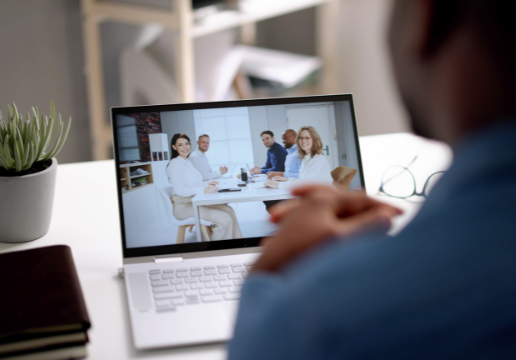The Relevance of Lawful Videography in Modern Legal Proceedings
In contemporary lawful setups, the combination of legal videography has come to be increasingly substantial, offering as a crucial tool in the paperwork and presentation of proof. As the lawful landscape advances with technological improvements, the ramifications of top notch videography prolong beyond simple documentation, elevating crucial questions concerning its effect on judicial outcomes and the total stability of the lawful procedure.
Definition of Lawful Videography
Legal videography describes the specialized method of recording sound and visual content for use in lawful settings. This technique includes numerous types of recordings, consisting of depositions, witness statements, and test presentations, which offer to document crucial aspects of lawful proceedings. The key objective is to develop a precise and reputable aesthetic document that can be made use of in court or for pre-trial preparations.
Legal videographers are educated professionals who make use of innovative recording equipment and methods to make certain high-quality video clip and audio capture. They are skilled in the lawful requirements and requirements controling the admissibility of video clip evidence, making their proficiency very useful in the legal process.

Benefits in Legal Process
The consolidation of lawful videography into modern lawful procedures provides numerous advantages that boost both the effectiveness and effectiveness of the judicial process. One primary advantage is the precise and long-term paperwork of courtroom procedures, which can be vital for allures and record-keeping. Unlike typical transcription methods, video captures non-verbal signs and the total context of testaments, supplying a richer, a lot more nuanced account of occasions.
Furthermore, legal videography can enhance the presentation of proof (legal videography). By aesthetically demonstrating elements of a case, such as mishap restorations or expert analyses, lawyers can convey intricate info better, making it easier for courts and courts to understand critical points. This can bring about more educated decision-making and results
In addition, lawful videography promotes access. Tape-recorded depositions can be examined remotely, allowing legal groups to prepare better without the restrictions of geographical limitations. This ease aids in situation prep work and approach development.
Lastly, the expert high quality of videography offers trustworthiness to the procedures, enhancing the severity and importance of the legal process. legal videography. In summary, legal videography substantially adds to an extra clear, reliable, and impactful judicial system


Enhancing Witness Testimonies
Witness testimonies play an important role in legal proceedings, and using videography dramatically boosts their effect and effectiveness. By recording the nuances of a witness's behavior, tone, and body language, lawful videography supplies an extensive understanding of the testimony that created transcripts alone can not share. This aesthetic representation help in protecting the witness's initial declarations, guaranteeing that jurors and lawyers can regard the statement in its intended kind.
Furthermore, videography permits for a much more engaging discussion of evidence, as jurors are often a lot more responsive to audio-visual products compared to typical paperwork. The capacity to observe a witness's mood enhances the authenticity of their statements, thereby raising the convincing power of their statement. Furthermore, video clip recordings can be used for training and preparation, permitting attorneys and witnesses to assess and fine-tune their presentations.
In situations visite site where witnesses might be not available for test, videography ensures that their statements can still be offered, protecting the honesty of their accounts. Overall, the integration of videography in lawful process significantly boosts the quality and reliability of witness statements, promoting a more educated and fair judicial procedure.
Effect On Jury Understanding
Catching witness statements on video clip not just boosts their delivery but likewise substantially affects court understanding of the instance. The aesthetic and acoustic elements of video recordings offer jurors with a more immersive experience, enabling them to view subtleties in tone, body movement, and psychological expressions that could be shed in created records. This multi-sensory engagement fosters a deeper connection with the testimony, aiding jurors in understanding the complexities of the situation.
Additionally, lawful videography can aid make clear intricate information and ensure that bottom lines exist in a meaningful why not try this out fashion. Jurors usually value the chance to revisit crucial testimonies during considerations, enhancing their understanding of the evidence. The ability to observe a witness's behavior can also impact their reliability assessment, as jurors might develop judgments based on aesthetic signs that resonate with their perceptions of reliability and integrity.
Furthermore, using video can simplify the discussion of evidence, making it more easily accessible and unforgettable for jurors. Overall, the calculated implementation of lawful videography plays a critical role in enhancing jury understanding, eventually contributing to a fairer and a lot more enlightened lawful process.
Future Trends in Legal Videography
Significantly, lawyers are recognizing the transformative possibility of emerging modern technologies in legal videography. As the legal landscape advances, the integration of man-made knowledge (AI) and artificial intelligence is set to reinvent the means video evidence is recorded, processed, and presented. AI formulas can analyze substantial quantities of video clip footage to recognize relevant sections, boosting efficiency and making certain that important details is not neglected.
In addition, improvements in virtual truth (VIRTUAL REALITY) and enhanced truth (AR) are poised to supply immersive experiences in court rooms. These technologies allow jurors to imagine criminal activity scenes or comprehend complicated situations in an extra engaging way, potentially boosting their understanding and retention of evidence.
The surge of cloud-based services likewise facilitates the safe storage space and sharing of video clip proof, permitting smooth collaboration among legal teams. legal videography. As remote hearings become a lot more commonplace, top notch lawful videography will certainly play an important function in making certain that remote testaments are recorded properly and offered properly
Conclusion
In final thought, legal videography serves as an important tool in contemporary legal procedures, improving the accuracy and quality of proof discussion. By recording witness testaments in an aesthetic layout, it promotes a much deeper understanding for jurors and maintains crucial statements for future reference. As innovation continues to progress, the assimilation of read high-quality videography is expected to increase, better strengthening its duty in advertising the stability and performance of the lawful procedure.